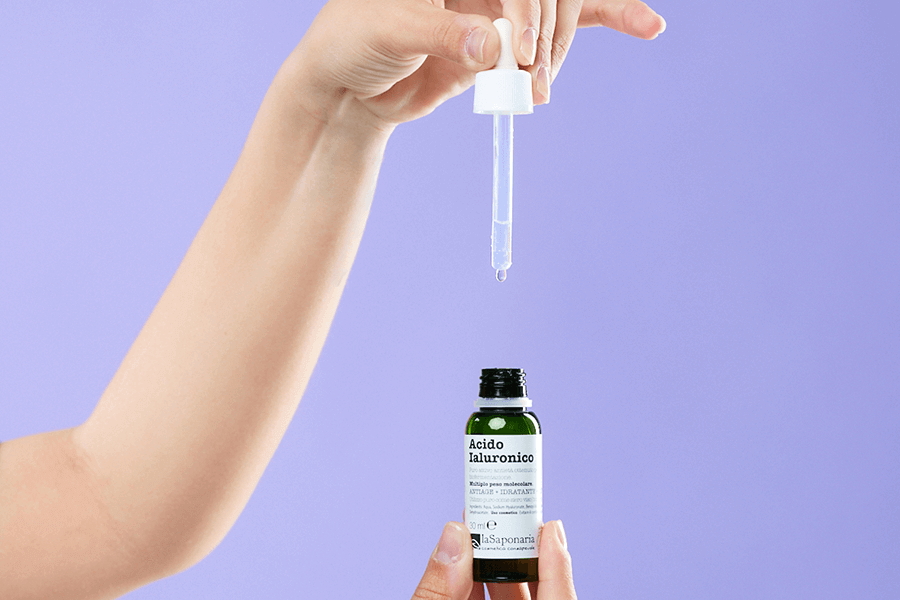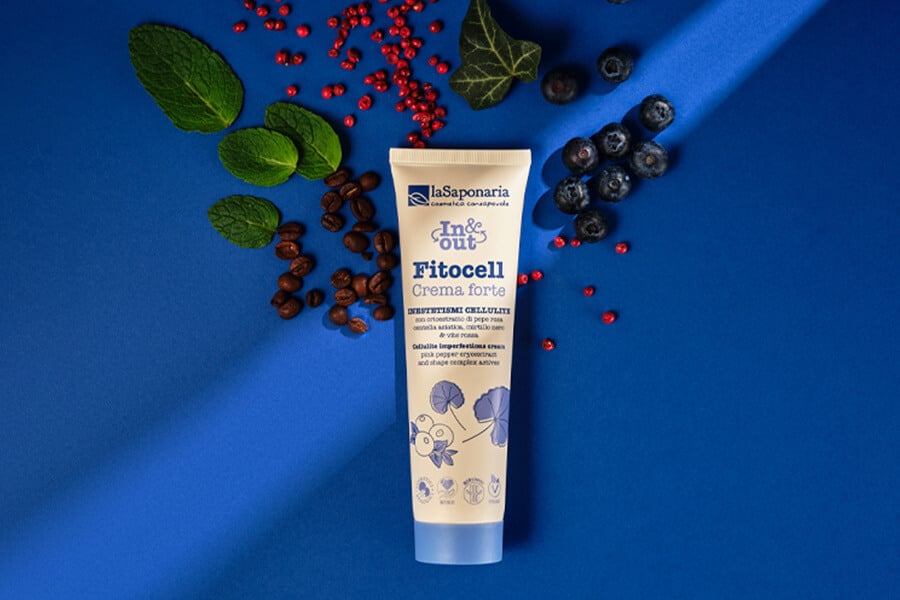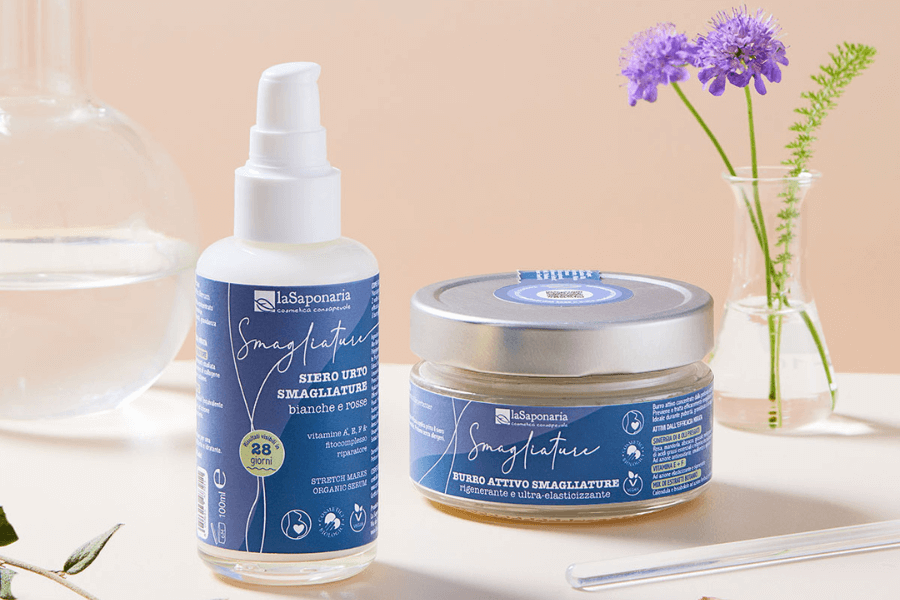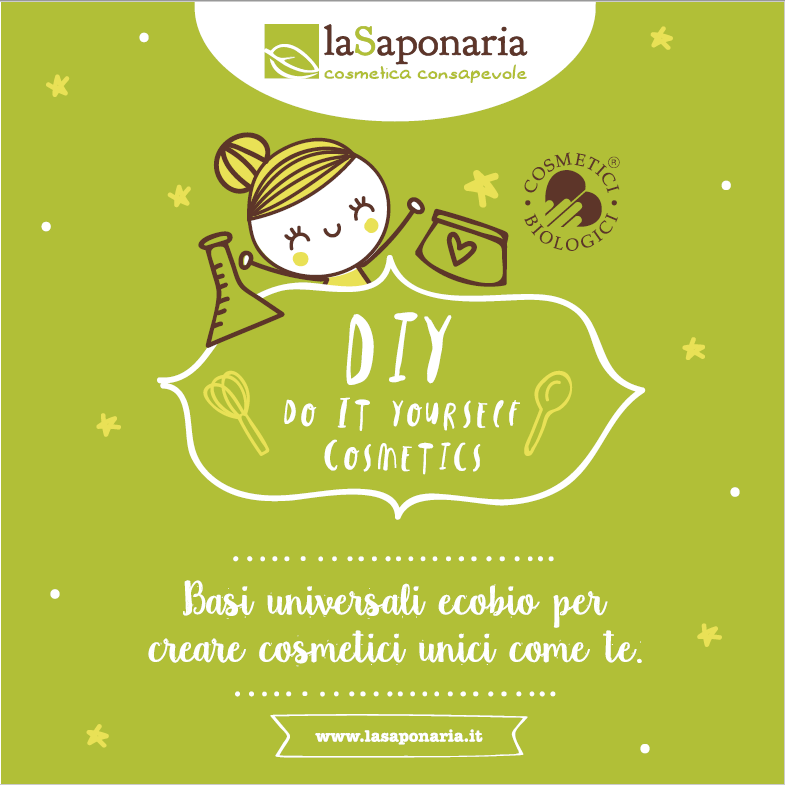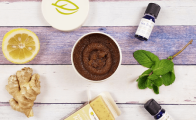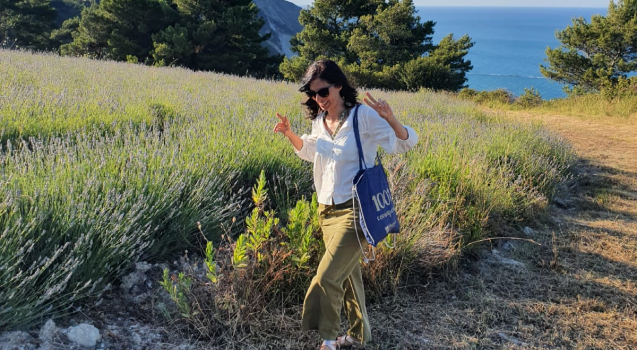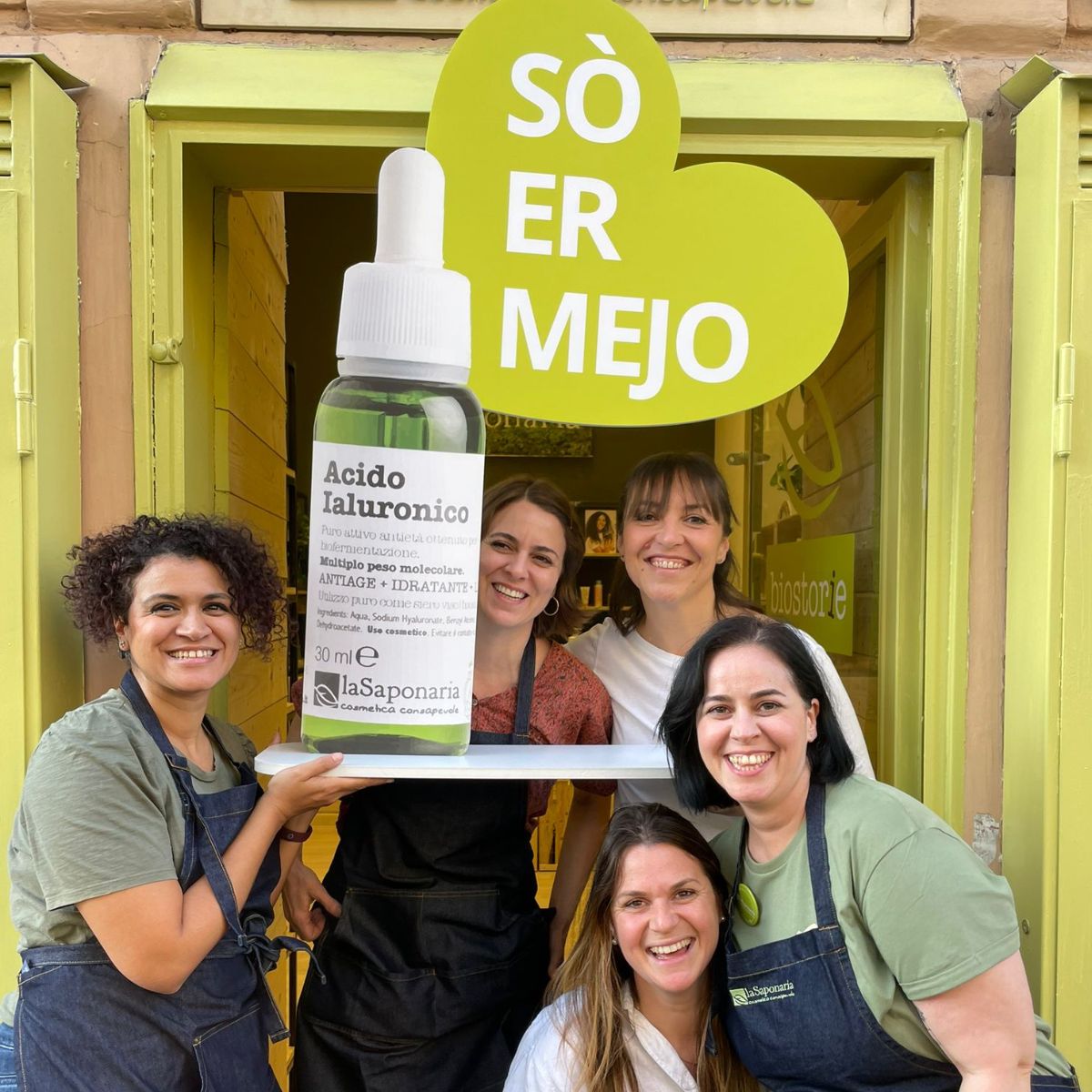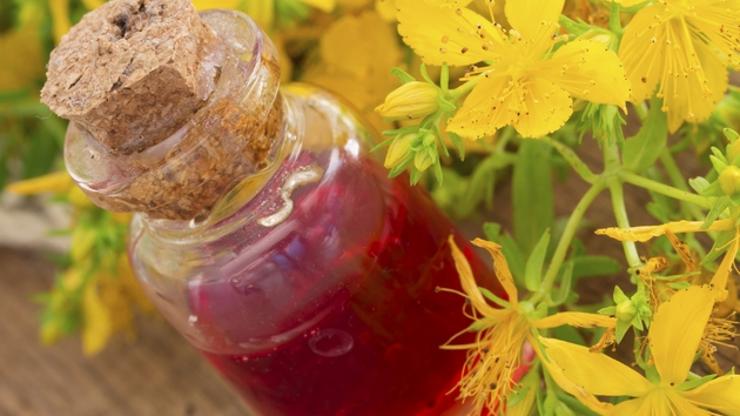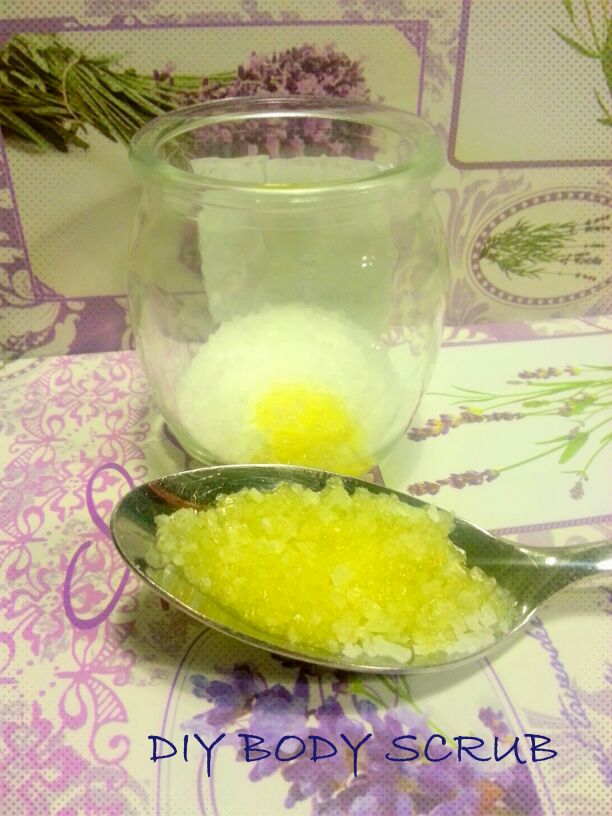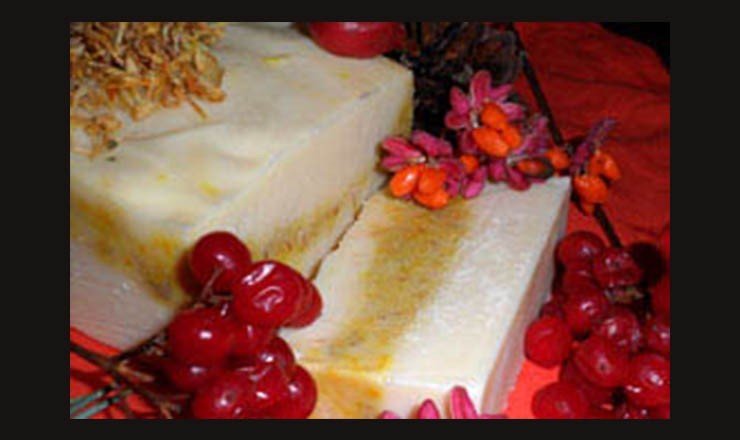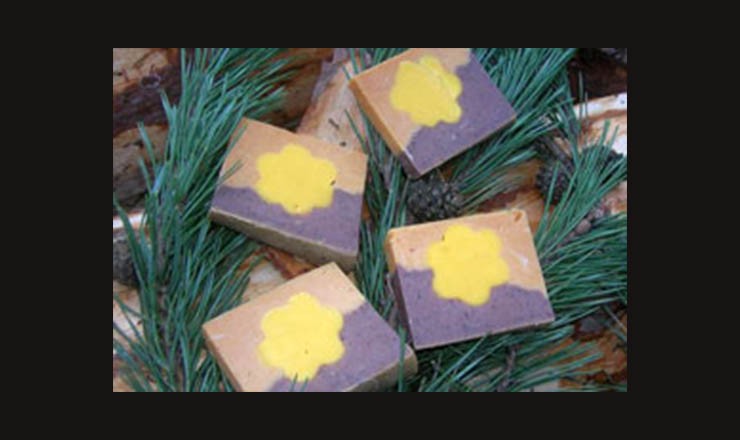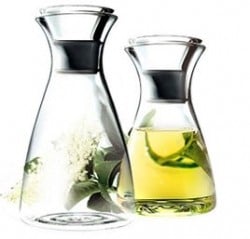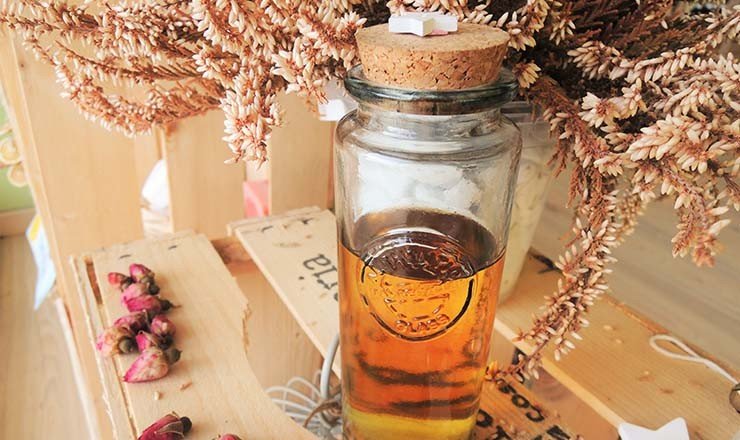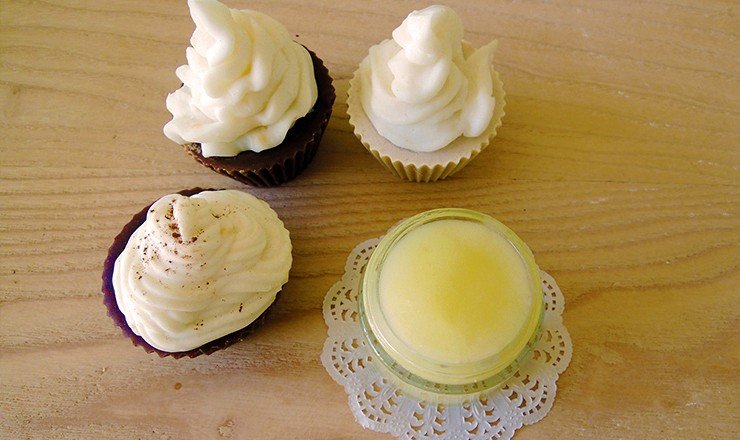Ingredients: Sunflower
What is St. John's Wort oil?
Hypericum (or St John's Wort) is a herbaceous plant with characteristic yellow flowers. The leaves are elongated ovals, with the taller ones being the smallest. When viewed against the light they have a kind of perforation (they are actually translucent glands). This apparent perforation has given rise to the botanical name: Hypericum Perforatum. If you take a good look around these days, you will certainly find it too. Hypericum in fact grows everywhere (even on city roadsides) but it certainly prefers sparse, bright woods, sunny and dry locations such as abandoned fields and rural environments. Obviously, for harvesting we should choose land away from traffic and located in unspoilt areas!
When is it harvested?
St. John's Wort reaches its peak flowering during the summer solstice and the most auspicious day for harvesting is said to be 24 June (St. John's night), hence the popular name. Tradition says that St John's wort is harvested on St John's night, a magical night when not only do witches and devils traditionally gather for their Sabbath, but good or bad omens for the future are drawn. We don't know if this is true or not but it is certainly the most auspicious time to harvest in order to get the maximum benefits from this extraordinary plant!
What are its properties in cosmetics?
St. John's Wort is rich in active ingredients such as flavonoids, tannins, hypercin, chlorogenic acid and caffeic acid. St. John's Wort oil is a valuable remedy for sunburns, burns and sun erythema. It is also useful for treating nappy rash in children, is an excellent whitener for skin blemishes, gives excellent results in the treatment of psoriasis and is also an excellent ally in combating ageing as it stimulates cell regeneration (this is in fact the reason for its effectiveness against burns). Excellent as an after-sun soothing agent, however, it should not be used before exposure to the sun because it has a photosensitising effect, i.e. during sun exposure it makes the skin more sensitive to the harmful effects of radiation.
Here is how to prepare St. John's Wort oil homemade
Place the well-cleaned and dried flower tops in a glass jar (preferably a new one!) and cover to the brim with sunflower oil. Leave to ripen for about a month, the last week expose to the sun (not before because too long a time in the sun could turn the oil rancid). You will then have a perfect homemade St. John's Wort oil with love :)
St. John's Wort ointment
With St. John's Wort it is also possible to formulate an ointment, which is perfect for use in the case of burns from both burns and sunburn. We have created a small concentrate of nature that is 100% Vegan and formulated with just a few ingredients, chosen one by one to act synergistically, enhancing each other. The St. John's Wort you find in our ointment flourishes in the Marche region and is harvested according to virtuous and sustainable methods by small local companies, respecting the right botanical timing to allow the plant to develop its full power. You can read more about it in the article on our blog.
Thanks once again to the girls from La Stanza Bio for their contribution :) : "Have you come back from vacation and feel like you have a weight on your heels?... well, dear friends... that's not solidified clay but your skin!!!!! After spending so much time with your feet in water and walking on the sand, your skin has turned into that of a caveman... but don't worry, we're here to help you! If you follow this super easy tutorial, you'll have a great remedy at home to soften your traumatized skin... just have the ingredients listed below to make a foot and/or body scrub!"
Our tireless friends at La Stanza Bio are always experimenting with new recipes... here is one they have just shared with us! Thank you girls and you have the floor :) : "Have you come back from the sea and feel like you have 'snake scale' effect skin? No Panic! If you follow this recipe, which is very easy to prepare, you'll have a very useful body butter in your hands to melt... you'll see what a beneficial effect it will have on your skin!"
Recipe submitted to the "Saponi e buoi dei paesi tuoi" self-production contest. Why does it represent the proverb "saponi e buoi dei paesi tuoi?" I created this soap inspired by the enchanted forests and meadows of the Monti Sibillini that I have the joy of admiring from my windows every day. It's as white as the silent snow that soothes the souls of those who wander through the sleeping woods during the winter season. A yellow band runs through the middle, where some dried petals of calendula, chamomile, violet... are concentrated to remind us both of the sun's rays that penetrate the dense foliage of the woods, creating the fantastic sensation of being able to spot a fairy at any moment, and of the flowers that flood these mountains' meadows with shapes and colors in spring and summer. It's a gentle, refreshing soap that leaves the skin as soft as the waters of the countless streams that gush happily from those rocks. In honor of the "fairy" who has dwelled among these magical places for centuries and still fascinates even the most incredulous, I named it the Sibilla soap.
Why does it represent the proverb "Saponi e buoi dei paesi tuoi"? Resia is a valley located in the easternmost corner of Friuli, nestled between Austria and Slovenia. It is home to a unique population in terms of language and culture, expressed through music, dances, traditions, and truly special folk festivals! In our language (Resian), "Val Resia" means Valley of Flowers. The valley is indeed an explosion of colors and scents from over 1200 plants (species and subspecies) found in the area, some of which are endemic.
To represent it, I chose a combination of colors and ingredients:
Brown to celebrate the land: rich and generous.
The central yellow flower to symbolize some of these flowers: St. John's wort, arnica, primroses, dandelion, goldenrod, calendula...
Honey, castor wax, lavender, and almonds: precious gifts from my beloved land.

